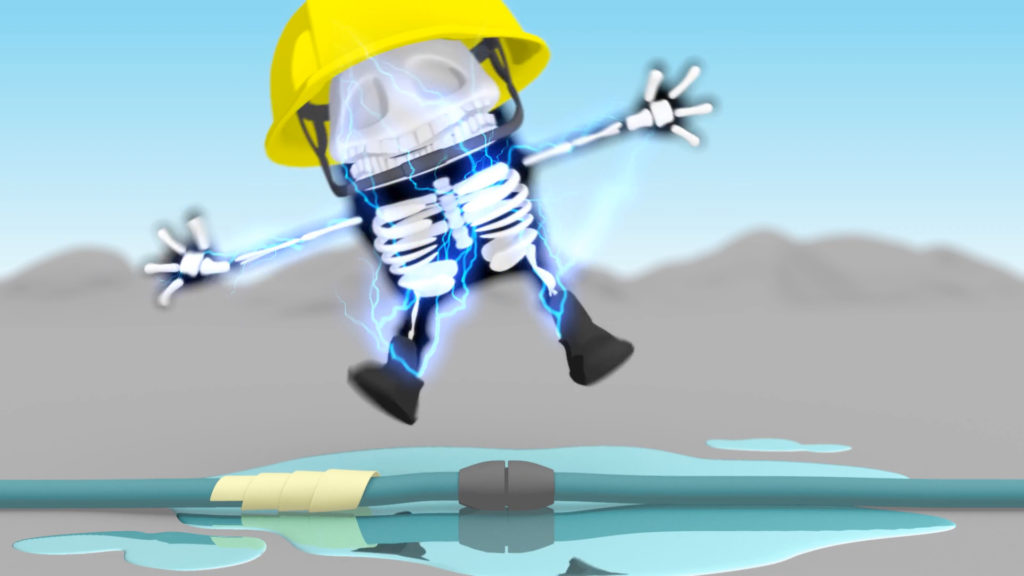Corporate communications — whether internal or external — can be difficult to master, as your messaging needs to resonate with a variety of audiences. Employees and clients alike can struggle to relate to messaging that’s overloaded with statistics or jargon. That’s where the usage of characters comes in, providing a bridge for smoother corporate comms.
Using fictional characters to help you illustrate your message can lead to more effective marketing materials, training videos, onboarding materials, and explainer videos for customers. It can even give you a leg up in leadership training!
Learning how to integrate characters into your corporate communications can increase the effectiveness of your internal and external messaging in the following ways.
Using Characters in Marketing Materials
Tony the Tiger. The Michelin Man. Mr. Peanut. You know their names and faces, as well as the brands they represent.
Despite the enduring popularity of these animated figures, the usage of fictional characters in marketing materials has decreased significantly since the days of Joe Camel. However, studies show that it remains as effective as ever. In a 2022 whitepaper from Technicolor Creative Studios and the Little Black Book marketing organization, data indicates that just 12% of modern-day advertising campaigns use characters, down from 41% in 1992.
However, research also shows that ad campaigns including CG-animated characters increase market share gain by 41%, while those that don’t use characters see an average increase of less than 30%. That’s because characters and brand mascots help create a stronger emotional connection and deeper brand engagement with consumers.










